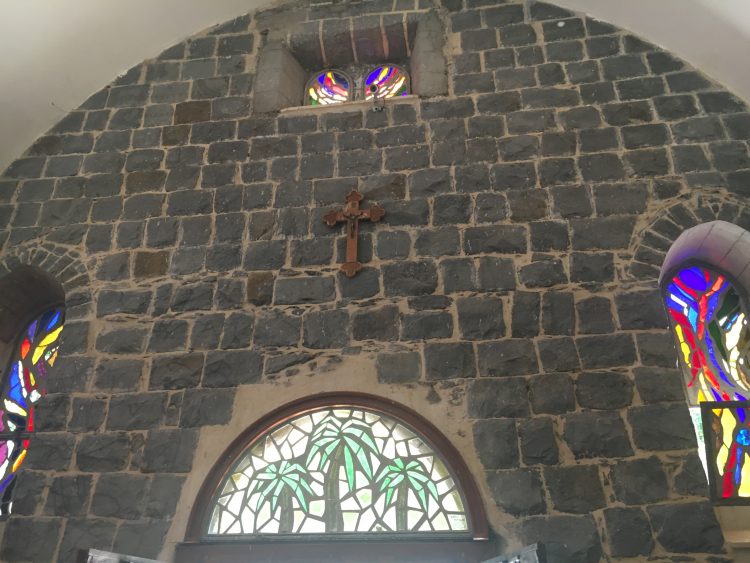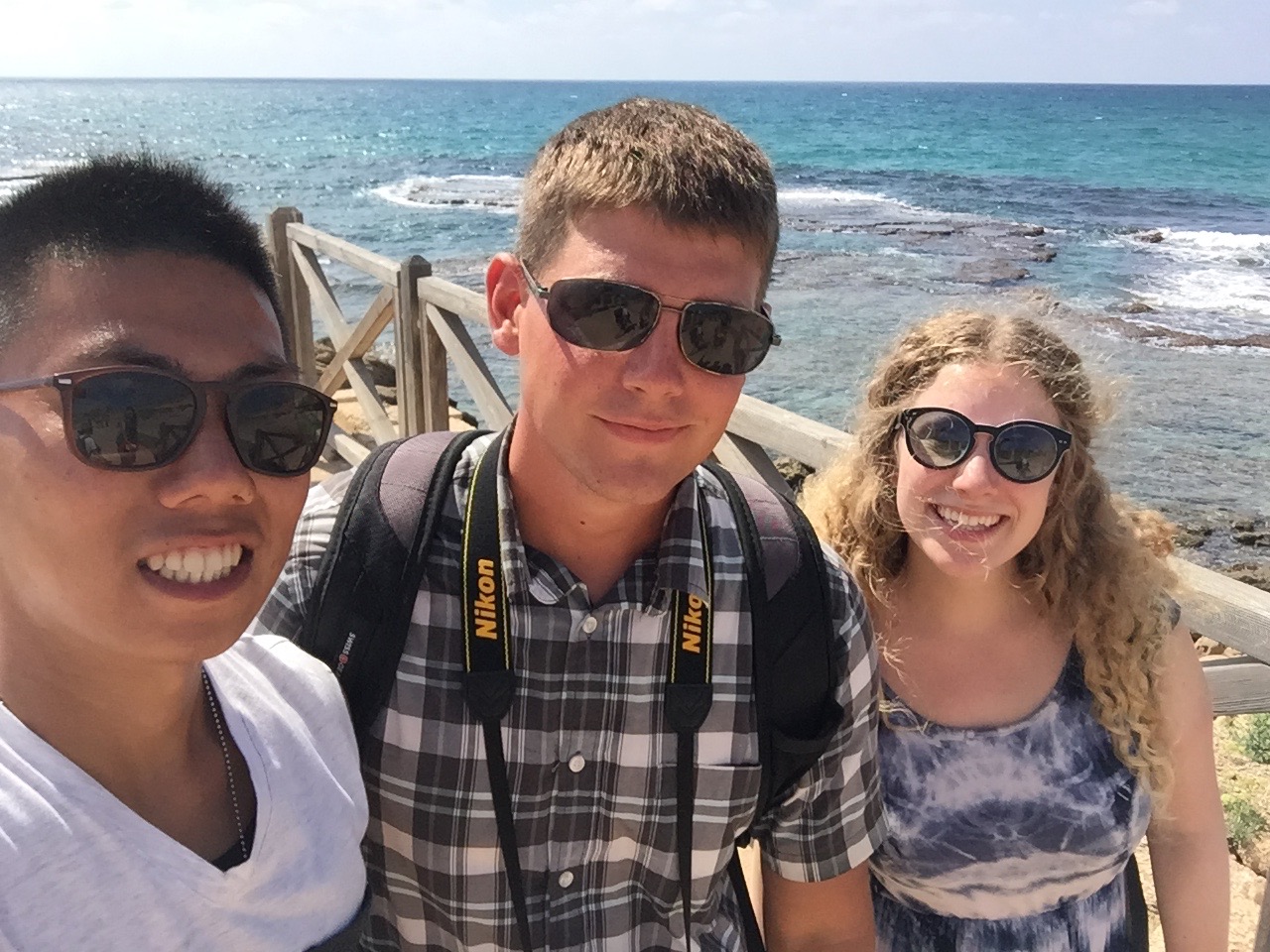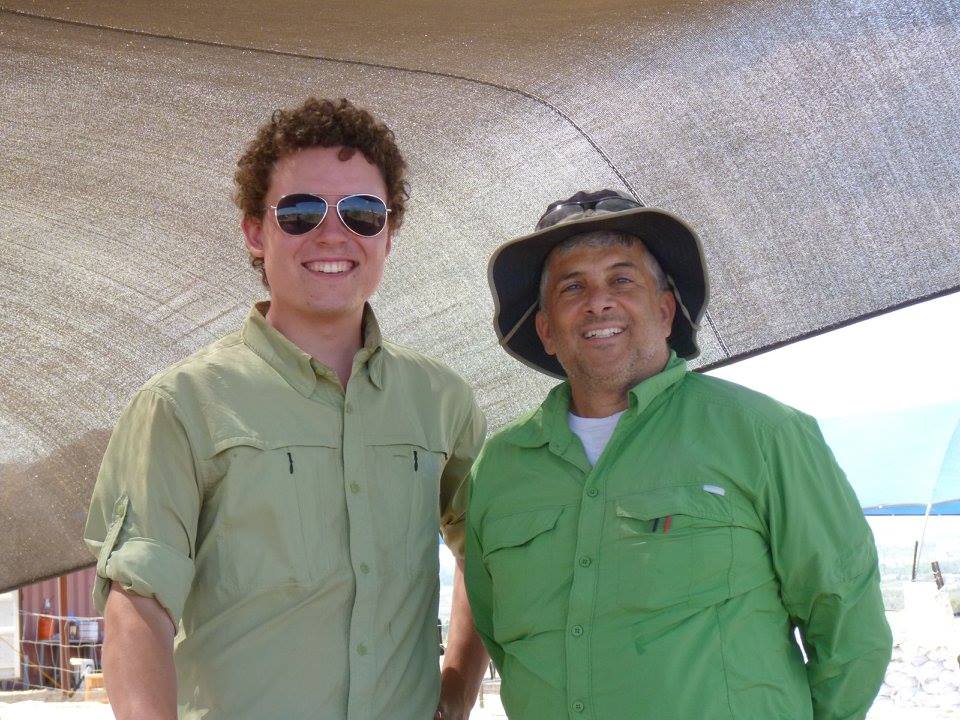By Liz Weiss
Compared to working in the field, working in a dig’s office can seem less exciting, but those in the office can tell you the work never ends and my work begins the second the bus leaves in the morning for the tel. The tasks never go in the same order, but they can usually be the same. The day almost always starts with reorganizing the buckets of pottery to be washed so the oldest are up front and get washed before any new buckets. At some point later in the day, I will help collect the dried pottery and bring it to the office where each bag will be registered and other finds such as bones, shell, slag, etc. will be noted on the tag along with what registration number to start marking the pottery pieces with. The bags are then each emptied into a box to have the diagnostic sherds (rims, bases, handles, decoration) and body sherds are separated and a form is filled out with the baskets information in preparation for the pottery readings done later in the day. Each day there can be around 3-10 bags of pottery to be collected and the few tables we have for pottery are always almost covered in the boxes, each separated by area, square, locus, and then date.
After readings, the diagnostics are kept and put aside to be marked, a task usually done by either students who had to stay behind in the mornings, or an assistant who doesn’t have much work at the time. Each piece is marked with the season’s number, its locus, basket number, and registration number. Another task with the pottery is taking pieces meant for mending and finding the connecting points between sherds. Once found, a line is drawn in chalk across the joining point of both pieces along with a unique symbol so the mender would know where to glue pieces together.
Later in the day, I usually start my other job of collecting survey pottery. Those baskets are collected in crates by date and checked off on my copy of the basket list. Each one is given a label of what day it has and then is placed in Professor Arty’s room for her to read. Once read, I take note of which baskets she has discarded and which she has kept to be marked. Those pieces are marked and then the reading sheets for each of those baskets are entered into the database (opening date, basket number, trench number, sherds discarded, how many kept to be marked, dating of sherds) along with comments on any special finds found with the pottery and the marked pottery is packed depending on basket number. I also will try to find the time to enter the new special find information into the database for the regular dig. In that case, it’s just the basket number along with whatever special finds like bone, shell, slag, etc. and any details on those available.
After all that is done, if there is time I will help either pack the shell bags in larger bags according to basket number or help pack bags of pottery for restoration at Haifa University. It may seem like boring work to some, but all that those in the office do, even the assistants’ work, is essential for us to learn even more about Tel Akko. The scary part is, all that is done before 1pm.








